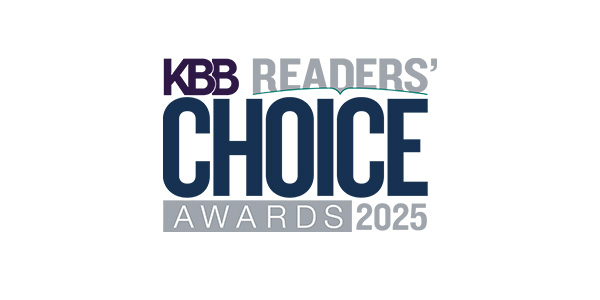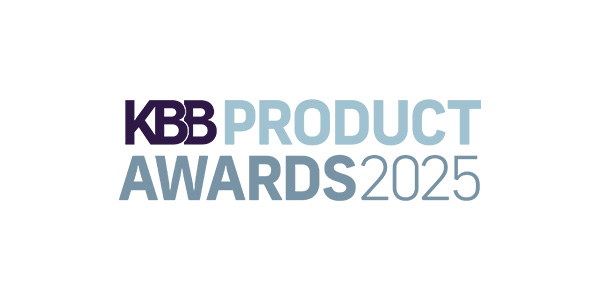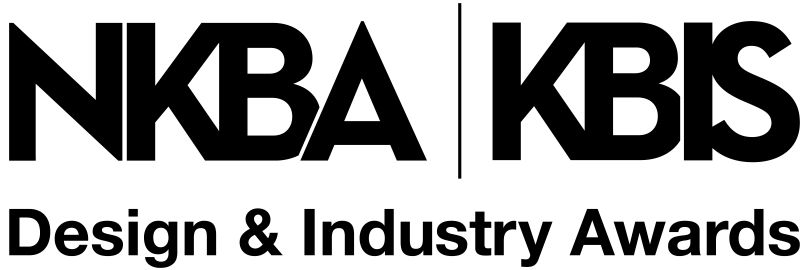When it comes to the nexus of smart home technology and the kitchen and bath (or any room in the home, for that matter), there’s a “chicken-and-egg” question that’s been asked of designer Michael Kaestner: “Does design drive tech or vice versa?” The answer is both.
“Every industry features professionals specializing in a niche skillset,” said Kaestner, CLIPP, owner of Philadelphia-based Kaestner Designs. “Design is no different. Becoming an expert in certain facets of interior design is a career commitment, requiring continuing education and hands-on field experience.”
And when it comes to smart home technology, Kaestner is all in, from lighting systems that enhance an aesthetic to whole-home audio to living-in-place solutions.
“I’ve always said that we designers can aptly guide our clientele into making lifestyle-enhancing choices when it comes to providing various options for integration within their home,” he added. “Additionally, smart home tech is very inclusive and can help homeowners live a better life within their homes regardless of age or ability.”
When you advocate for tech solutions in any design, you reinforce your credibility as a knowledgeable pro.
Smart Home Expertise: Ongoing Education
While Kaestner firmly believes that a designer’s tech know-how can help close any deal, there’s a caveat: A designer must keep up with the pace of change in the smart home industry.
“You’d like your surgeon to keep up with their CEUs and understand important developments within the medical field related to your situation, right?” he asks. “The same goes for your designer.”
It’s a commitment, but it’s one Kaestner believes pays real dividends. “Staying up to date on smart home technology and the many forms of residential tech integration is a lifetime sport,” he said. “We hone our skills and focus on continuing education to offer a comprehensive array of services that match our target client’s needs.”
So, Where to Begin?
“I recommend signing up for a professional organization that matches your particular business model,” said Kaestner. (One example: CEDIA – the smart home industry association – offers industry-related professional memberships, and their outreach instructors regularly speak to NKBA chapters.) “Networking is the way to cut your teeth and begin your learning quest,” he added. “There are many options for designers to meet and engage with technology partners to learn how to begin offering smart home technology services.”
Even a call to a local, reputable tech integration firm could be beneficial. Manufacturers like Crestron are happy to help educate the design community, too.
“Every integrator, technology partner and manufacturer I’ve met to date has been more than happy to discuss how we can work together on behalf of our clients,” said Kaestner.
Tech Options in the Kitchen & Bath
Technology enhancements can be as simple as a sensor in the bath that “knows” to flip on at 25% or so when motion’s detected, giving someone just enough light at 3 a.m. without blinding a groggy user – or as complex as a whole-home lighting system that mirrors circadian cycles.
“There are always opportunities to enhance one’s lifestyle through design meshed with technology, regardless of the size and scope of a project,” said Kaestner. “However, one size does not fit all. By better understanding the smart tech options and their capacity for bettering one’s experience while living in their home, any designer has the potential to use critical thinking and creativity to implement these options into their designs.”
Kaestner also echoes two points that are part of every technology integrator’s mantra: Plan for tech at the very beginning of any design conversation and remember that your clients “don’t know what they don’t know.”
“We must efficiently vet our clients to discover their true needs and assess their lifestyle and the challenges that appear with activities of daily living,” he explained. “Peel back that onion and drive the conversation – you’re the expert!”
Discovery is vital, as is the notion of ensuring that any project is “future ready.” “Examine the current status quo and gather information regarding potential future challenges for that person or others who may visit the home,” said Kaestner. “Armed with a holistic perspective and a basic understanding of the tools available to assist our clients, we can then act as a true advocate and confidently discuss technology and how it can help them live life better.”
And don’t worry if you’re not the most tech-savvy designer in your zip code.
“Bringing technology into the home doesn’t have to feel like a tedious homework assignment,” said Kaestner. “Put some time aside in your schedule each month to tackle different aspects of smart home integration.”
When a designer starts to learn just what current tech can achieve, even a little bit of knowledge can spark big ideas. And if you can dream it, there’s likely an integrator who can pull it off. Kaestner has one last bit of advice for those embarking on this educational journey: “Stay connected – and have fun with it.”
By JoAnn Arcenal, Director of Business Development for Crestron








